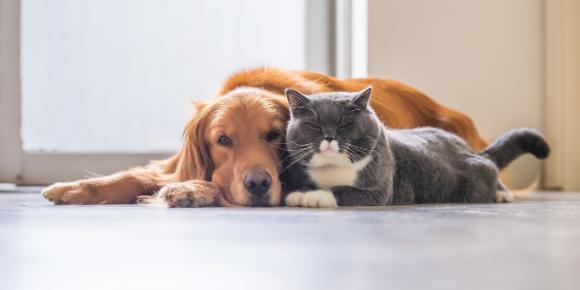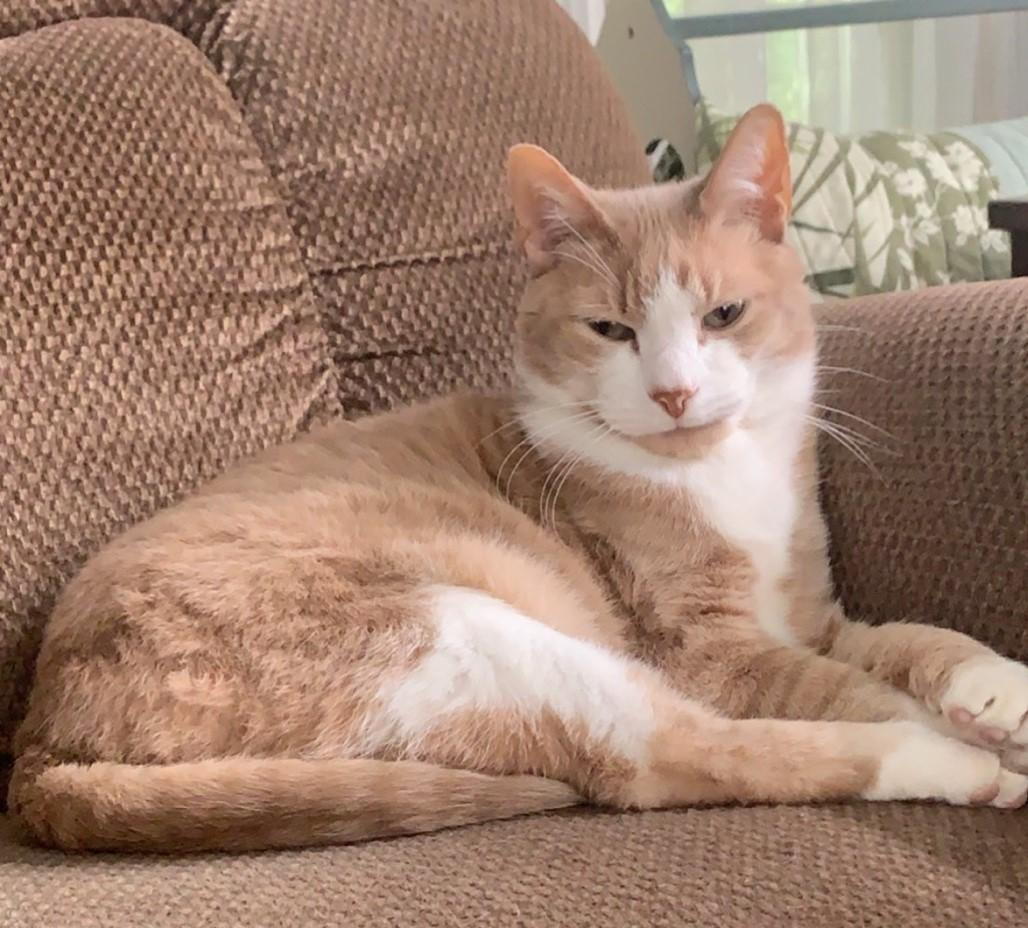
Pets feel pain for many of the same reasons as humans: infections, dental problems, arthritis, bone disease, and cancer. They also feel discomfort following surgical procedures.
Unfortunately, unlike humans, they are unable to speak to us about when and where they hurt.
You are in the best position to look for the subtle changes in behavior that may indicate you pet is suffering. It is important to stay alert to these signs, because the sooner the pain is diagnosed and treated, the sooner they can heal and resume a normal, happy life.
If your pet shows one or more of these behaviors and you suspect it may be due to pain, please notify us immediately at 973-887-0522.
Dogs:
Vocalizing: whining, howling, whimpering, yelping, groaning, grunting
Daily habits: decreased appetite, withdraws from social interactions, changes in sleeping or drinking, lapses in housetraining, sleeps more
Self-Mutilation: licking, biting, scratching a particular part of the body
Activity Level: restless, reluctant to move, difficulty getting up from a laying position, repetitively gets up and lies down, trembling, circling or lying very still, seeks more affection than usual
Facial Expression: grimaces, vacant stare, glazed, wide eyed, or looks sleepy, enlarged pupils, flattened ears, pants excessively when at rest
Grooming: coat lacks normal shine, hair stands up in places
Self Protection: protects a body part, doesn't put weight on a limb, limps, doesn't want to be held or picked up, hides
Aggressive (especially in a previously friendly dog): acts out of character, growls, bites, pins ears back
Posture: Hunched with hindquarters raised and front end down on the ground, lays on its side.
Cats:
Vocalizing: meowing, purring, hissing, growling
Daily habits: Withdraws from social interaction, decreased appetite, changes in sleeping or drinking, fails to use the litter box, urinates frequently, won't groom or grooms less, looks unkempt, sleeps more
Self mutilation: licking, biting, scratching a particular part of the body
Activity level: restlessness, reluctance to move, has difficulty getting up from a laying position, repetitively gets up and lies down, trembles or shakes, limps, can't leap as high, seeks more affection, avoids being petted or handled, hides
Posture: generally lays with feet underneath, arches back or tucks abdomen
Facial expression: grimaces, furrowed brow, vacant stare, glazed, wide eyed or looks sleepy, enlarged pupils, flattened ears, pants when at rest
Self protection: protects a part of its body, doesn't put weight on a limb, doesn't want to be held or picked up
Aggressive (especially a previously friendly cat): acts out of character, growls, hisses, bites, pins ears back
copyright AAHA 2007

